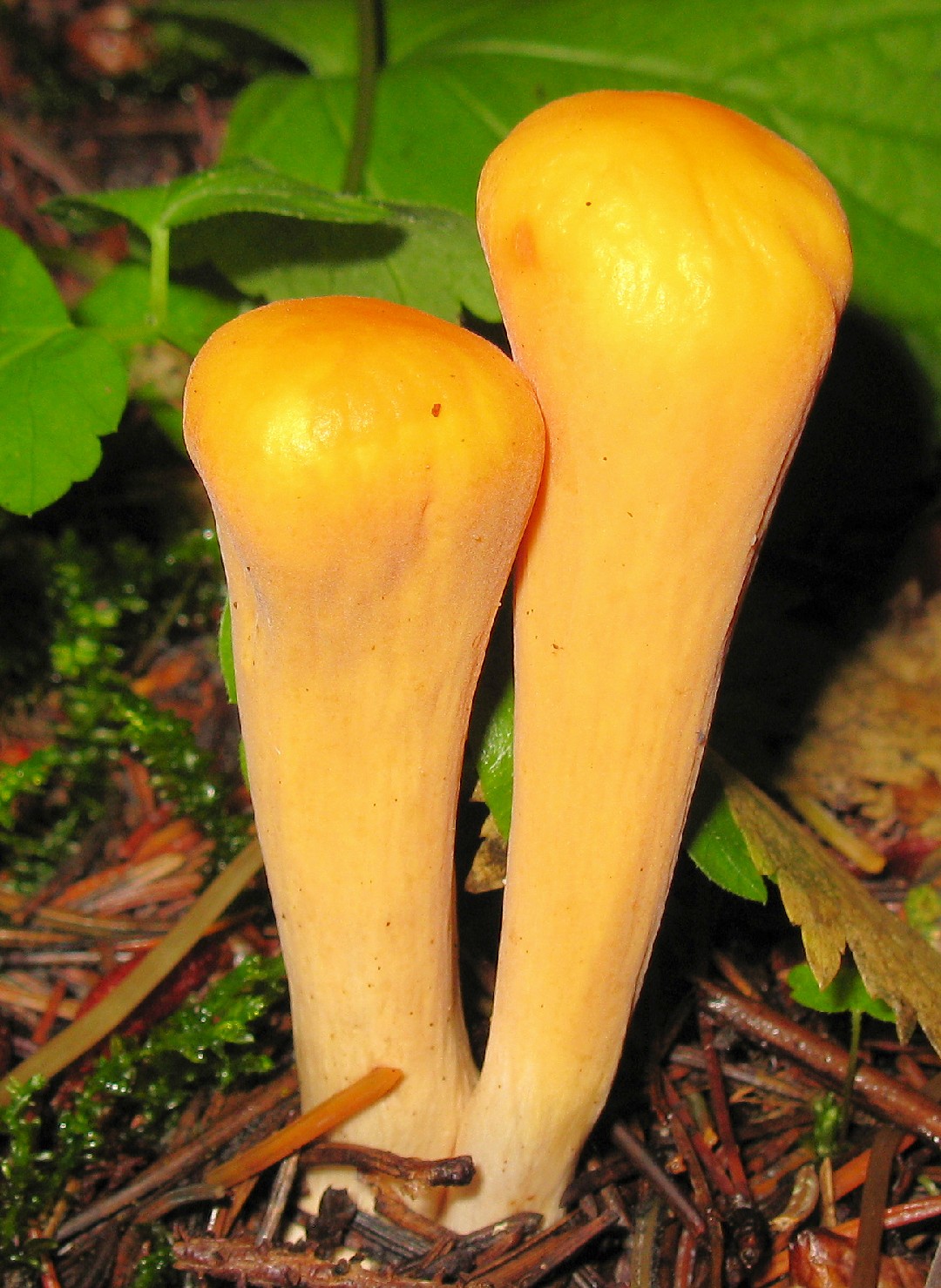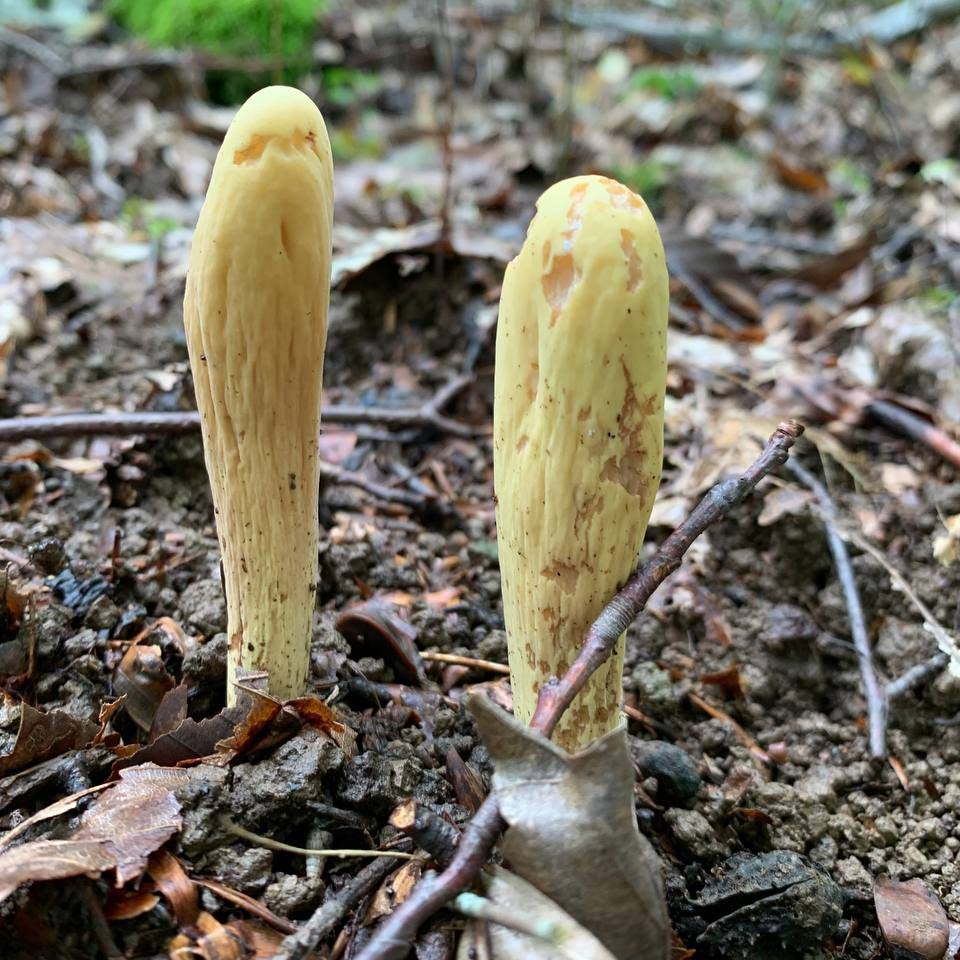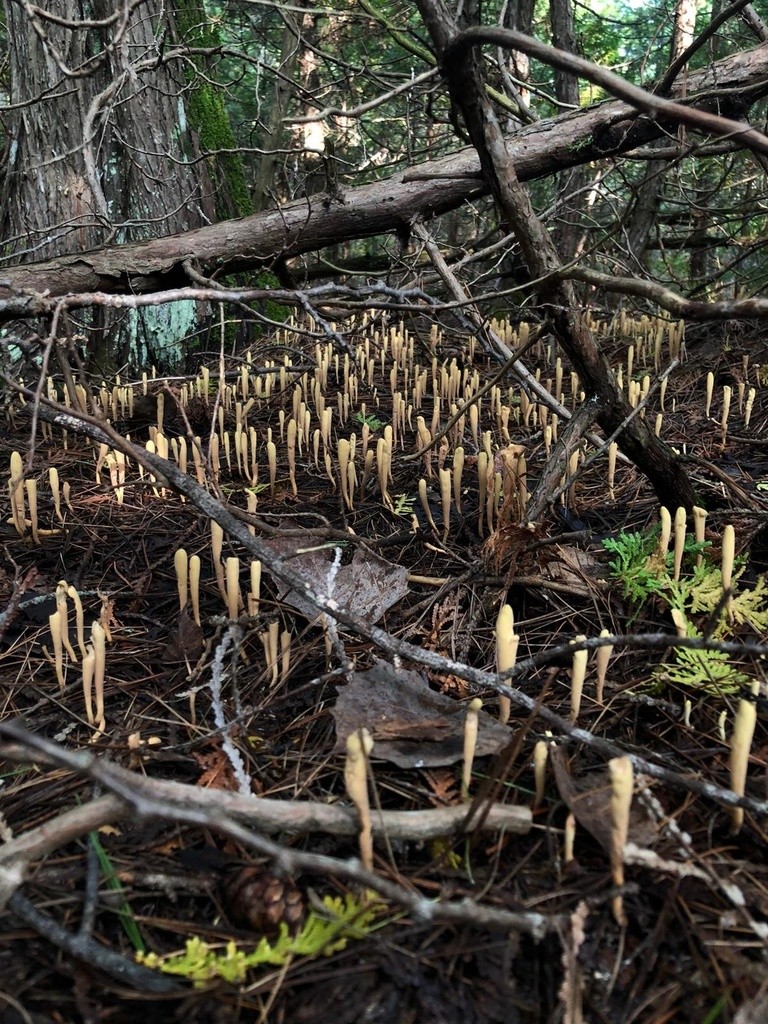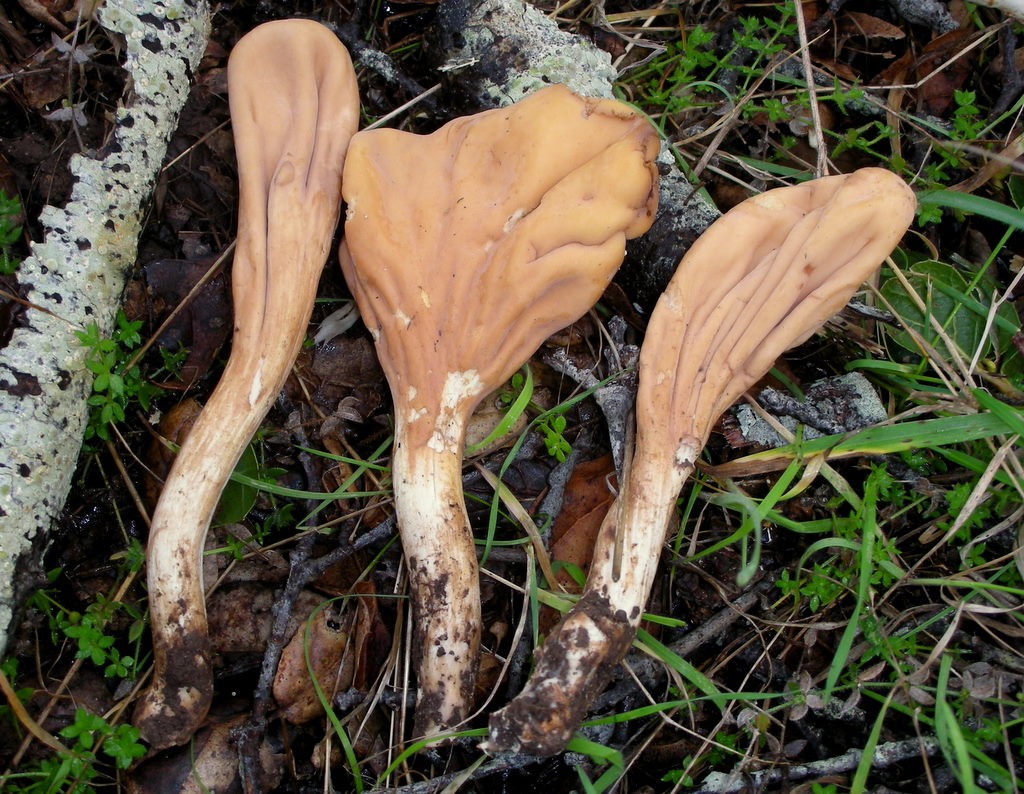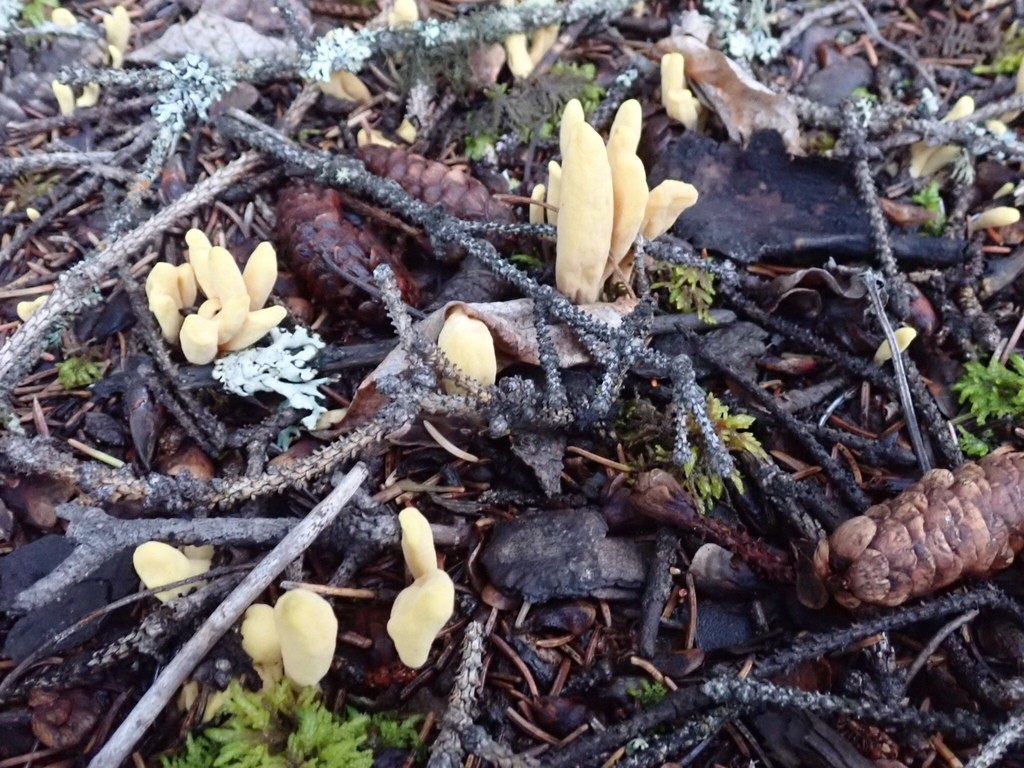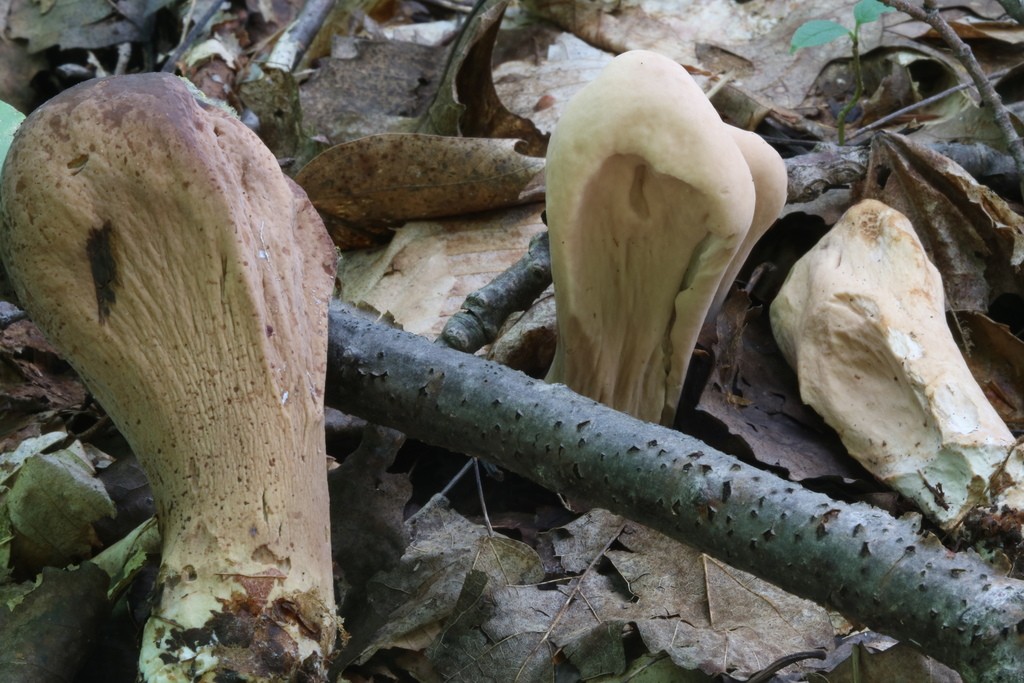Clavariadelphus
Scientific name: Clavariadelphus
Clavariadelphus
Scientific name: Clavariadelphus
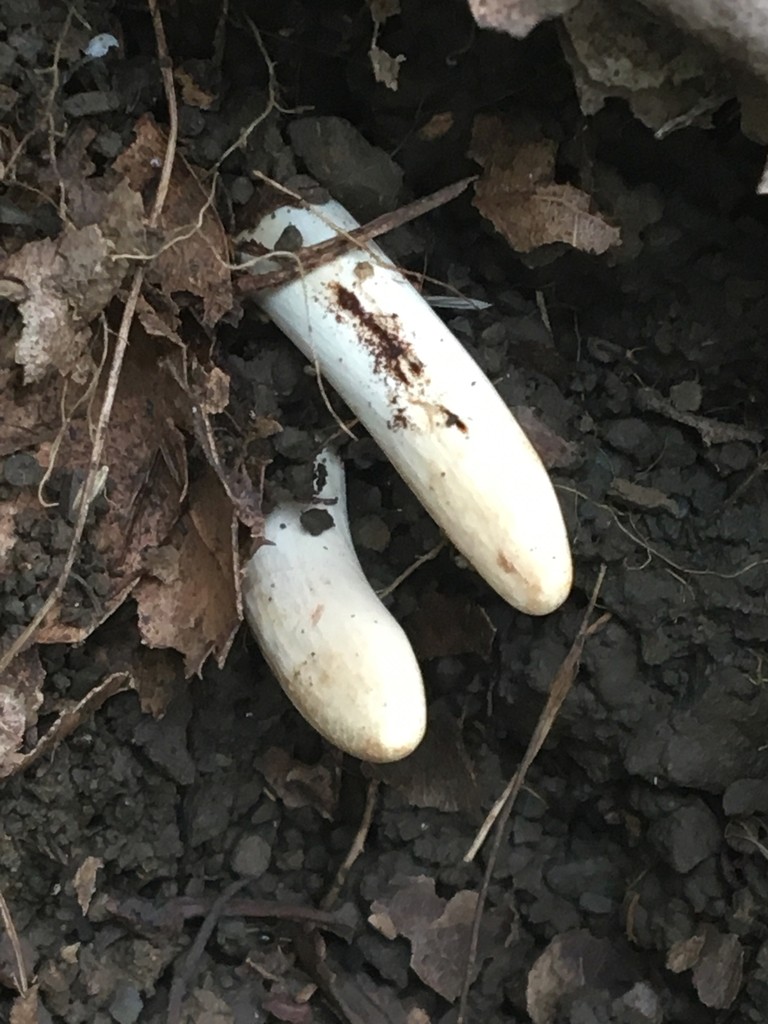 Photo By Liam O'Brien , used under CC-BY-4.0 /Cropped and compressed from original
Photo By Liam O'Brien , used under CC-BY-4.0 /Cropped and compressed from original Description
Clavariadelphus are fascinating fungi known for their club-shaped fruiting bodies. They often grow in clusters on woodland floors, displaying colors ranging from pale cream to vibrant yellow. Despite their unusual shape, they play a crucial role in the ecosystem by breaking down dead plant material, thereby enriching the soil. Some species within this group can be quite large, making them easy to spot during a forest walk.
Species of Clavariadelphus
Scientific Classification
Phylum
Club fungi Class
Mushroom-forming fungi Order
Gomphales Family
Gomphoid-phalloid clade Genus
Clavariadelphus 